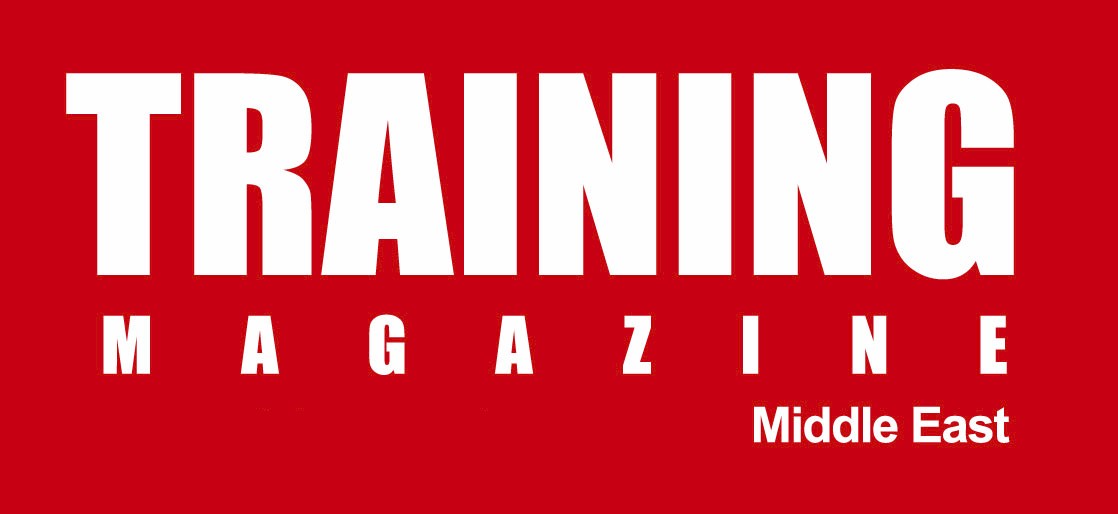Have you ever given your training style thought? Are you sure that all attendees were interested in your last workshop? Was everyone engaged or were most of them just daydreaming throughout?
Life is changing very fast; what was interesting a year ago has become old fashioned now. Thus, keeping up with the current trend is vital for your business to succeed.
So what is the ‘Gamification’ concept that everyone is talking about? Gamification “is the use of game thinking and game mechanics in non-game contexts to engage people in solving problems and increase their contributions”. Applying it to this particular field, it is basically using games (Icebreakers) during your training to increase the attendees’ engagement. It is actually a familiar concept that has been used for a very long time. Using it makes people more comfortable and provides a friendly introduction to your training session. While trainers used to start with a team building videos or playing Q&A games to introduce everyone, icebreakers are now more popular.
Trainers have become more innovative in thinking of ways to engage attendees. Instead of watching a brief video on team building, people can actually play a real game, depending on the training purpose. One example is playing a tennis game in training about communication, since tennis shows you the process of sending and receiving a ball. In our case, it illustrates sharing information. That is basically what a gamification concept is, turning the entire learning process into a game. So for example, your next workshop could be conducted as a tennis or golf tournament.
However, gamification is not just for face to face or classroom training; you can also use this concept during e-Learning activities by using virtual games. Organizations tend to use eLearning due to its benefits of saving time, lowering cost, and its availability almost all the time.
The world has gone “smart” now. Check your mobile apps store and you will find hundreds of applications that teach you many things through games. The same goes for business oriented social networks like LinkedIn, wherein the progress circle on the right side of your profile is a type of gamification – you get stars/points for each section you fill in your profile. This heightens your motivation to fill in all the sections and receive all the stars, it’s a human nature. Don’t you agree?
Why Gamification?
Gamification is used to motivate, entertain, and grab the audience’s attention to the core message and value of your training. Surely you’ve encountered some de-motivated or shy people attending your training sessions, whom without your continuous efforts to engage, will not participate at all. Am I right? Using gamification should solve this issue.
The Role of Competitiveness
When an audience attends a workshop that follows a gamification concept, they will be keen to learn and apply what they learnt. The majority of us like competition and in order to win a competition, you should understand the rules and how to play it first, and then you can start to practice it. In our case, during the workshop everyone will try to understand the rules of your game, which are considered the content of your job related training since it links between games and learning, and then apply it in their workplace.
Motivation and Engagement
What is more interesting for attendees than obtaining new knowledge and at the same time having fun during a workshop? This is what the gamification concept can provide training objectives absorbed in a more fun and easier way. Trainees will work together as a team, achieve their target and leave with added value, knowledge and more practical experience.







Dear mahmoud excellent article …I really enjoyed reading your article I hope u can share with us successful stories for organizations are implementing the same concept for benchmarking ….u r a talented writer …good luck
Dear Carol,
Thank you very much for your comment and feedback. I agree with your idea. Hence; I’ll include more best practices in another article about the same topic which will share how organizations have implemented the concept and the benefits of doing such practice.
Regards,
Mahmoud
Mahmoud Garad, I must say it’s a great & interesting article…You hit the nail on the head…Gamification is vital for everything either we are discussing a training or other activities. ..Good Job
Hi Habiba. Thank you very much for your kind feedback.
Hi,
I don’t think you’ve grasped the concept of gamification clearly as it applies to learning and development. What you’ve described above is essentially saying that the use of exercises, icebreakers, energisers, outdoor activities or simulation exercises are gamification. This isn’t it at all.
Gamification is where you use gaming principles to create competition about achieving a target. In the learning environment, this is actually not that easy to implement. As an enabler for creating a learning culture though, is where gaming principles become apparent.
For example, when you have a group of new starters and they need to complete their induction learning programme, using gamification is a useful way to engage learners in the process. A leaderboard creates natural competition for those who are achieving their learning objectives more quickly than others. The leaderboard should also be used as a way of helping others to know who they can go to for support in their learning objectives.
Through badges, people can work on achieving different objectives from others which invites a different element of achievement. The use of badges is not about competition, but about personal achievement. For example, if I complete module A and B, this means I collect Badge 1. If my colleague completes module A and D, they collect Badge 2. These are different and unrelated, but recognise personal achievement.
I hope this helps to explain the use of gamification more clearly.
Hi Sukh,
Thank you for your comments, which elaborate more on the concept.
The aim of the article is to introduce the progression of making the training more entertaining and useful starting from the icebreakers reaching to the gamification concept which was highlighted in the first two paragraphs.
I agree with you about the badges and the role of competition too.
Thanks for your feedback.
Regards
Mahmoud